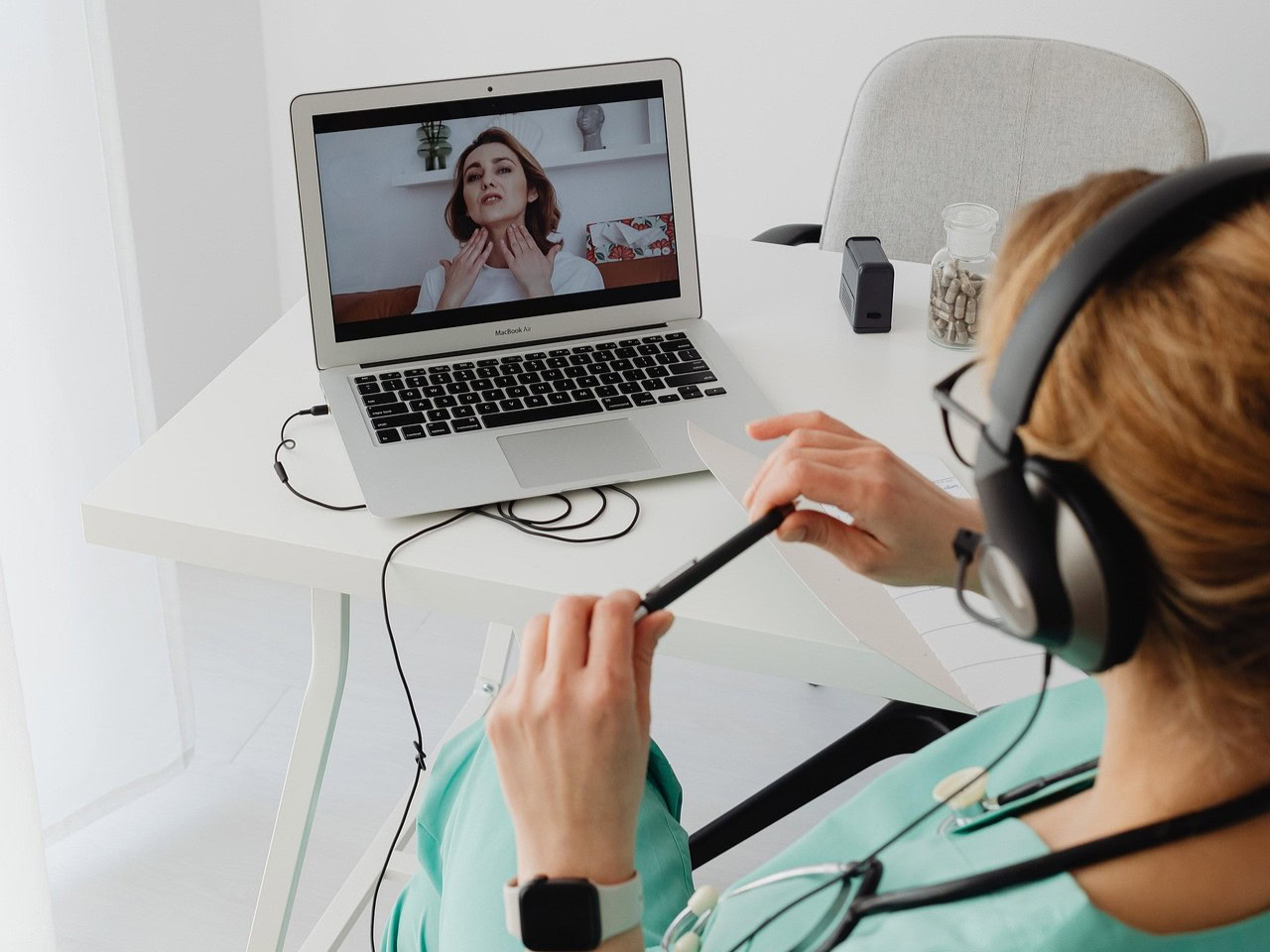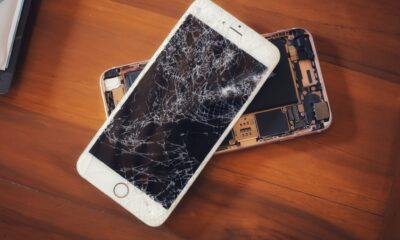Technology
Telehealth Transforms Long-Term Recovery with Budget Phones

Telehealth has emerged as a crucial component of long-term recovery, enabling individuals to connect with healthcare professionals, therapists, and support networks from the comfort of their homes. With many people relying on budget-friendly smartphones, this technology offers an affordable solution for maintaining privacy while accessing essential recovery support. The integration of telehealth into recovery practices not only enhances accessibility but also fosters a sense of confidentiality and consistency.
Understanding the Importance of Telehealth
Telehealth has fundamentally changed how individuals seek assistance during their recovery journeys. Rather than traveling for appointments, patients can now connect with healthcare providers directly from home, saving time and reducing costs. This is particularly beneficial for those living in remote areas or lacking reliable transportation options.
The convenience of telehealth also reduces barriers that can deter individuals from seeking help. Fear of being seen entering a clinic or difficulties in taking time off work can prevent people from accessing necessary care. Regular contact with doctors, psychologists, and support groups through telehealth fosters accountability and motivation. Utilizing secure video communication and applications ensures that patients receive expert advice in a safe and confidential manner.
Budget Phones as Effective Tools for Recovery
While cost can be a significant barrier to accessing technology, recovery support should remain attainable for everyone. According to Legacy PHP New Jersey, budget smartphones can effectively facilitate telehealth sessions. Many low-cost devices today are equipped to run secure applications, enable video calls, and manage reminders for appointments and medications.
To maximize the functionality of budget phones, users should consider the following options:
– Utilize lightweight telehealth apps designed for simpler devices.
– Enable Wi-Fi calling to minimize data expenses.
– Regularly update apps for optimal performance and security.
– Use reminder applications to maintain consistent care.
– Seek out free or low-cost counseling platforms.
By judiciously selecting and using affordable devices, individuals can access professional care without the financial burden of high-end technology, making recovery more accessible and sustainable.
Protecting privacy during telehealth sessions is a common concern for many users. To maintain the confidentiality of personal information, individuals should only use secure apps recommended by healthcare providers and avoid sharing login details. While budget phones may lack the latest features, most modern devices are capable of handling encrypted applications and offer password or fingerprint security options. Using headphones during calls can further ensure privacy, and keeping devices and applications updated helps mitigate risks.
Telehealth on budget phones can also support daily recovery routines. Simple tools can assist individuals in establishing healthy habits and staying connected with their support networks. Suggestions for daily management include:
– Setting reminders for therapy sessions or medications.
– Utilizing wellness apps for mindfulness and stress relief.
– Scheduling brief video check-ins with counselors.
– Maintaining a digital journal to track progress and emotions.
– Joining online support groups aligned with personal recovery goals.
These strategies provide structure and encouragement, enhancing the overall recovery experience.
Bridging the digital divide remains a significant challenge for many individuals in recovery. One person shared their experience of struggling to maintain continuity with their therapist after leaving a residential program. Living in a rural area without access to expensive technology initially made telehealth seem impractical. However, with support from a counselor, they successfully transitioned to using a budget smartphone for counseling sessions, reminders, and online peer group participation.
This example illustrates that effective telehealth does not require luxury equipment. With training and innovation, low-cost phones can bridge the resource gap, ensuring long-term recovery support remains available to those in need.
Telehealth on budget phones demonstrates that effective recovery can be achieved without the necessity of expensive technology. By focusing on secure applications, affordable options, and the creative use of simple devices, individuals can maintain vital connections to healthcare. This approach empowers individuals to manage their recovery journeys with dignity and consistency, breaking down barriers and ensuring support is always accessible.
By leveraging affordable technology, individuals can create a realistic path towards long-term recovery, reinforcing that healing is possible with the right resources and support.
-

 Science2 months ago
Science2 months agoToyoake City Proposes Daily Two-Hour Smartphone Use Limit
-

 Health3 months ago
Health3 months agoB.C. Review Reveals Urgent Need for Rare-Disease Drug Reforms
-

 Top Stories3 months ago
Top Stories3 months agoPedestrian Fatally Injured in Esquimalt Collision on August 14
-

 Technology2 months ago
Technology2 months agoDark Adventure Game “Bye Sweet Carole” Set for October Release
-

 World2 months ago
World2 months agoJimmy Lai’s Defense Challenges Charges Under National Security Law
-

 Technology3 months ago
Technology3 months agoKonami Revives Iconic Metal Gear Solid Delta Ahead of Release
-

 Technology3 months ago
Technology3 months agoSnapmaker U1 Color 3D Printer Redefines Speed and Sustainability
-

 Technology2 months ago
Technology2 months agoAION Folding Knife: Redefining EDC Design with Premium Materials
-

 Technology3 months ago
Technology3 months agoSolve Today’s Wordle Challenge: Hints and Answer for August 19
-

 Business3 months ago
Business3 months agoGordon Murray Automotive Unveils S1 LM and Le Mans GTR at Monterey
-

 Lifestyle3 months ago
Lifestyle3 months agoVictoria’s Pop-Up Shop Shines Light on B.C.’s Wolf Cull
-

 Technology3 months ago
Technology3 months agoApple Expands Self-Service Repair Program to Canada









